Seven question mark seven
 The smart money says Boeing will soon launch a brand new replacement for the 737, starting from a blank sheet of paper, with entry into service by the end of the decade.
The smart money says Boeing will soon launch a brand new replacement for the 737, starting from a blank sheet of paper, with entry into service by the end of the decade.
But all the debate over re-engining and airline economics is completely missing the most important question:
What are they going to call it?
Of course no one knows the answer to that question, least of all Boeing, which probably has other things on its mind right now. If recent history is any guide, the replacement for the 737 will probably go through several names before it ever flies. Still, it’s fun to play.
Boeing’s first commercial jet was the 707 — so designated because while it fell in Boeing’s 700 series of model numbers, marketing executives thought 707 sounded catchier than plain old 700. Ever since, and with few exceptions, the names for Boeing’s jetliners have followed a pretty straightforward pattern: Boeing’s second commercial jet was the 727. The third was the 737. The fourth was the 747. The fifth and sixth were the 757 and the 767.
More than fifty years later, there’s only one number left in that sequence: 797. If Boeing uses it, that would mean the 130-seat airplane you take to Milwaukee is numbered higher than the 280-seat plane you take non-stop to Tokyo. It doesn’t really matter, but it seems a little weird, right?
So what are the alternatives? Is it time for an 800-series of jetliners? Could the replacement for the 737 be the 838? Or will Boeing start using letters, as it did when it designated the 787 as the “7E7″ during development, and when it proposed the 7J7 in the 1980s?
Or could they do something even more drastic? Could they actually… name their jet?
In the history of commercial jets, I can only think of four large jets that were known by names rather than numbers: the Comet, the Caravelle, the Mercure, and, of course, the Concorde. None of these is American. A couple have had official nicknames — the 787 Dreamliner, the L-1011 TriStar — and sometimes airlines have invented names of their own, such as Eastern’s 727 “WhisperJets” and American’s DC-10 “LuxuryLiners.” But other than that, it’s all letters and numbers: DC-9. MD-83. A330. E-175. CRJ 200.
Most cars have names. People drive Accords and Jettas and Impalas. Tellingly, the exceptions are high-performance luxury cars. In the high-testosterone airline industry, numbers appeal to the people in charge of evaluating and purchasing new jets. They feel precise, engineered, and powerful.
But when you use numbers to name things, you run into trouble. There are only so many numbers, unless you’re willing to endlessly go higher and higher. And the engineers who manage acquisitions of new aircraft aren’t the only audience that matters: perhaps passengers would respond better to consumer-friendly names like “Dreamliner.”
So while we wait for Boeing to make up its mind, what do you think? Stick with the traditional 797? Break out the eights? Dip into letters? Or come up with something else entirely?

In such a tech heavy age why not jump on that bandwagon and go with 737.2.0. To wordy?
Posted by Adam Waite on 28 January 2011 at 12:13 pm
I always liked the 777 name, i personnally (like most i'm sure) call it the Triple Seven, how cool does that sound ?! :). The 787 is coming out. There surely be a 797 (logically bigger then the 787) before breaking into the 800 series, i can wait for the triple eight or Triple Niner

For the 737 replacement, something like the 7C7 would be nice, c for commuter, commercial, clean (if it's eco-friendly). This would break a bit from the norm. iseven coulb be good too
Posted by Jchubert on 28 January 2011 at 6:42 pm